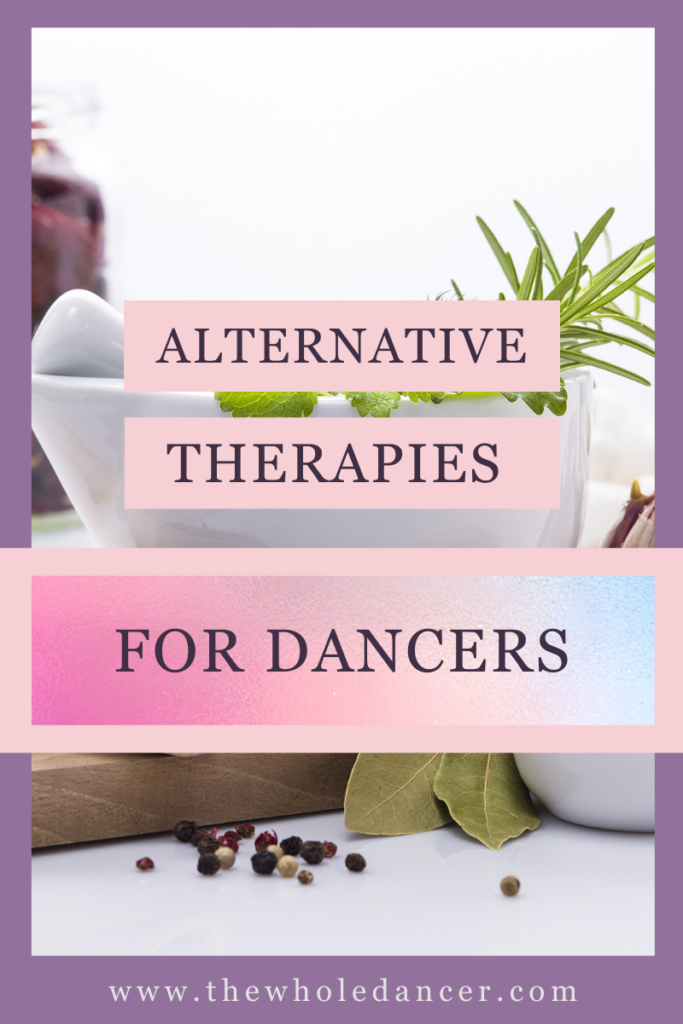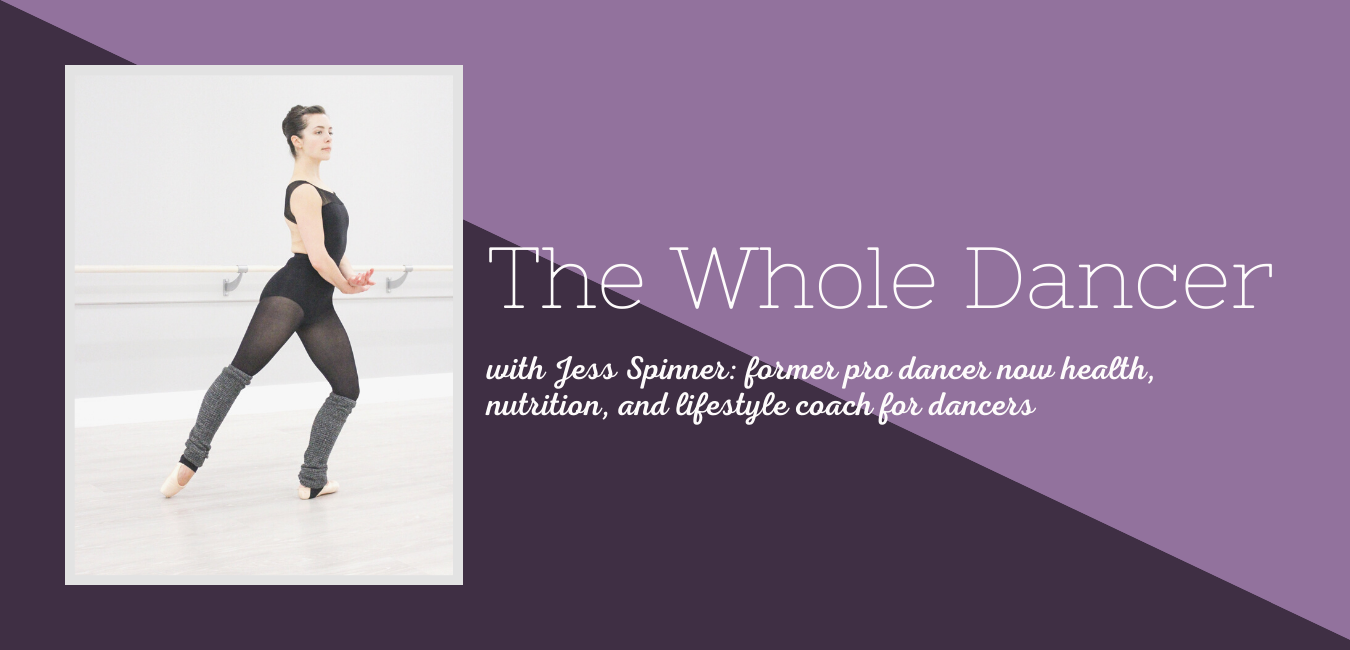In dance, a lot of Western or “conventional” medicine is used. In sports injury and injury prevention, that’s not totally shocking. It’s generally been more of the norm, and many dancers think of painkillers or surgery as the only response to pain or discomfort. However, more and more dancer athletes are beginning to open up to alternative therapies to support their health.
Alternative medicine tends to be more preventative than reactionary. Instead of responding to pain, you’re supporting your strength and development before any pain develops. Perhaps what dancers should remain most open to is an integrative approach. You might at some point need or benefit from surgery, but that doesn’t mean you shouldn’t do what you can to lower the chances of getting to that point.
Acupuncture is something more dancers should consider.
Acupuncture is the use of needles to stimulate different parts of the body. There’s some debate as to how exactly acupuncture works, whether it stimulates neurohormonal pathways, making you happier, thus reducing your feelings of pain. Or it might reduce pr0–inflammatory markers in the body.
Either way, it’s worth trying as you never know what might help.
For muscle soreness, inflammation, or pain, you might try cupping.
In cupping, a vacuum is created between your skin and the cup, then the skin rises and reddens as the blood vessels expand. It’s going to allow your muscles in the “cupped” area to relax, and it alleviates muscle pain.
Homeopathic remedies.
Lots of dancers, even back in my day, used Arnica Gel which is homeopathic medicine to relieve pain and inflammation. I experienced “chronic ankle sprains” as a dancer, so Arnica was a saving grace for me. Homeopathic medicine boasts the use of therapies from natural sources vs. chemically derived pharmaceutical medicine.
Supplements for support.
Supplementation is another area dancers have had some experience in for quite a while already. Many dancers use vitamin supplements such as calcium, multivitamins, B vitamins, etc. However, herbal supplements might be worth considering as well. Turmeric is a powerful anti-inflammatory spice. It can be added to recipes in spice form, in capsules as a supplement, or as a tea. (Golden “mylk” latte, anyone?!)
Massage for relaxation and recovery.
Massage is one of those alternative therapies dancers don’t invest in often enough — likely because it’s pricey; however, it’s really worth the investment. Maybe save up your change or $5 to $10 here and there over the month, then when you have enough money, book a massage and enjoy every second.
Naturopathic medicine.
Next time you’re dealing with pain or injury, you might consider a Naturopathic Doctor.
“Naturopathic medicine is a distinct primary health care profession, emphasizing prevention, treatment, and optimal health through the use of therapeutic methods and substances that encourage individuals’ inherent self-healing process. The practice of naturopathic medicine includes modern and traditional, scientific, and empirical methods.”¹
Nutrition coaching and eating plan support.
In the areas of food, weight, and body image, many dancers would benefit from working with a health coach. Health coaching is not about specific macronutrient or calorie recommendations but rather focuses on the mindset around food and one’s body. You learn to prioritize balanced nutrient-dense food decisions and lifestyle shifts to make healthy eating easier.
A traditional dietitian who can offer a prescriptive eating plan with specific calorie and macronutrient counts creates a much too obsessive approach for many dancers. Holistic alternatives do exist and many dancers find this whole person approach much more supportive and sustainable.
Yoga as a restorative practice.
The topic of cross-training comes up a lot in the dance world. Yoga, if you choose the right kind, can be totally restorative and a part of your alternative therapy support plan. If you decide to give yoga a shot, try at least three or four different styles and instructors before determining whether it’s for you or not.
Conclusion…
Stay open minded. Just because a particular path to healing worked for someone you know, doesn’t mean it’s best for you. This is true for physical injuries as well as mindset struggles. Be proactive and preventative before just defaulting to conventional medicine. Do your research. See what else is out there. Ask around. Consider what other athletes or performers have done to get and stay healthy.
It’s always valuable to get a second opinion. In the area of health coaches or nutritionists, find a person you’re able to connect with who understands dance and what’s required.


Pingback:The Keys to Balance and Wellness in Dance - The Whole Dancer
Pingback:ABT Dancer Betsy Mcbride "Healthy at Home" feature - The Whole Dancer